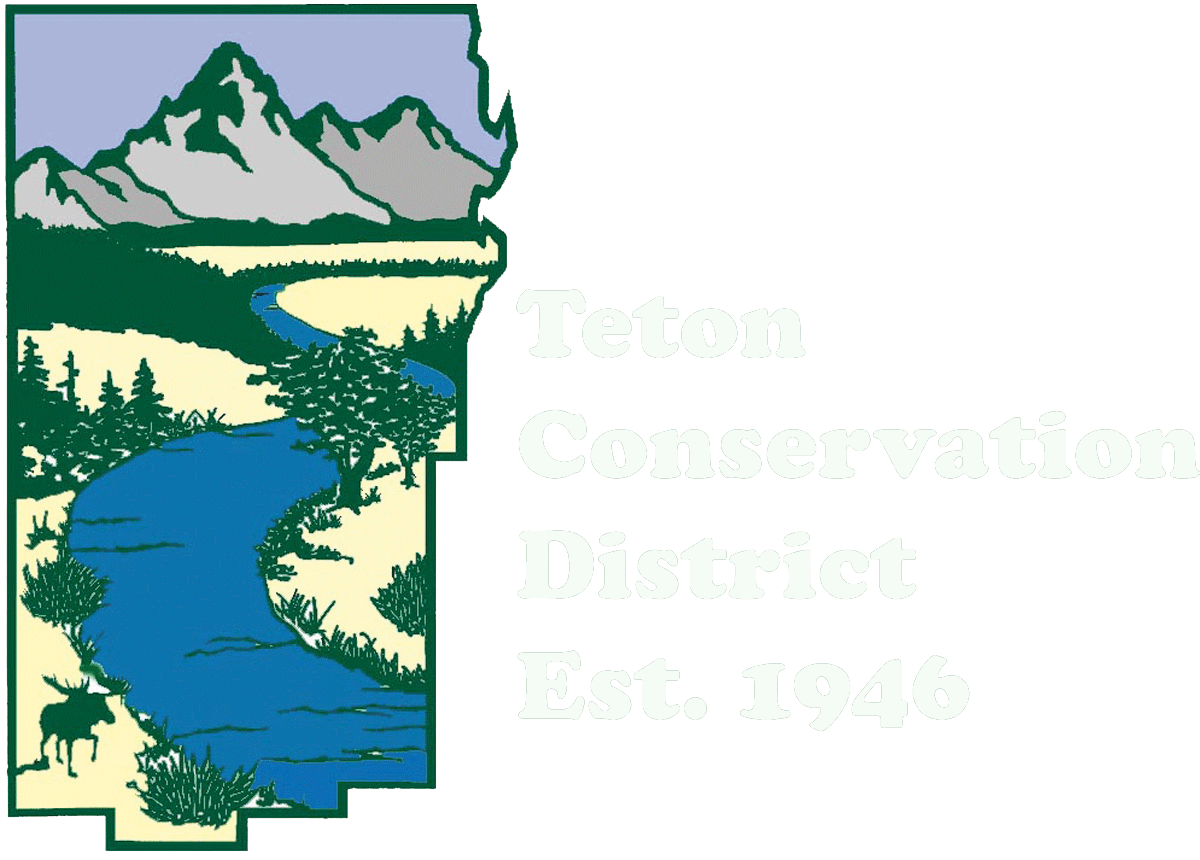Rangeland Monitoring & Improvements
Eighty-five percent of Wyoming is rangeland, which is defined by the U.S. Environmental Protection Agency as "lands on which the native vegetation (climax or natural potential plant community) is predominantly grasses, grass-like plants, forbs, or shrubs suitable for grazing or browsing use." Teton Conservation District works to ensure the proper stewardship of rangelands through the development and use of credible data. Much of the data used is collected through the Rangeland Health Assessment Program (RHAP) administered by the Wyoming Department of Agriculture. RHAP provides a structured approach to monitoring rangelands by fostering collaborative efforts among stakeholders including landowners, permittees, and federal and state agencies.
Goals of THe Rhap grantS
In the short-term, RHAP aims to sustain viable levels of federal land grazing. By providing credible data, RHAP serves to assist federal land agencies in completing required National Environmental Policy Act (NEPA) analysis for the issuance of grazing permits.
The long‐term goal of RHAP is to assess trends in the health of all rangelands. Moreover, through this approach to monitoring, decisions related to the adjustment to the management of rangelands can be made based on credible data provided. All of this serves to help maintain and even improve the economic viability of the livestock grazing industry and its contribution to the Wyoming economy in balance with ecological functions.
RHAP GRant project work
Recent RHAP Grant project work involved monitoring of vegetation and soil on grazing allotments on the north half of the Bridger-Teton National Forest, which included locating historic transects, and collecting data using the original monitoring method. As a part of this work, plants were identified to the species level, which involved keying out many plants. Soils were also characterized to understand chemistry, structure, texture, and layers. This data will be incorporated into allotment files, and utilized in future management decisions. Additionally, through a collaborative stakeholder process, new trend transect sites were selected for monitoring.



